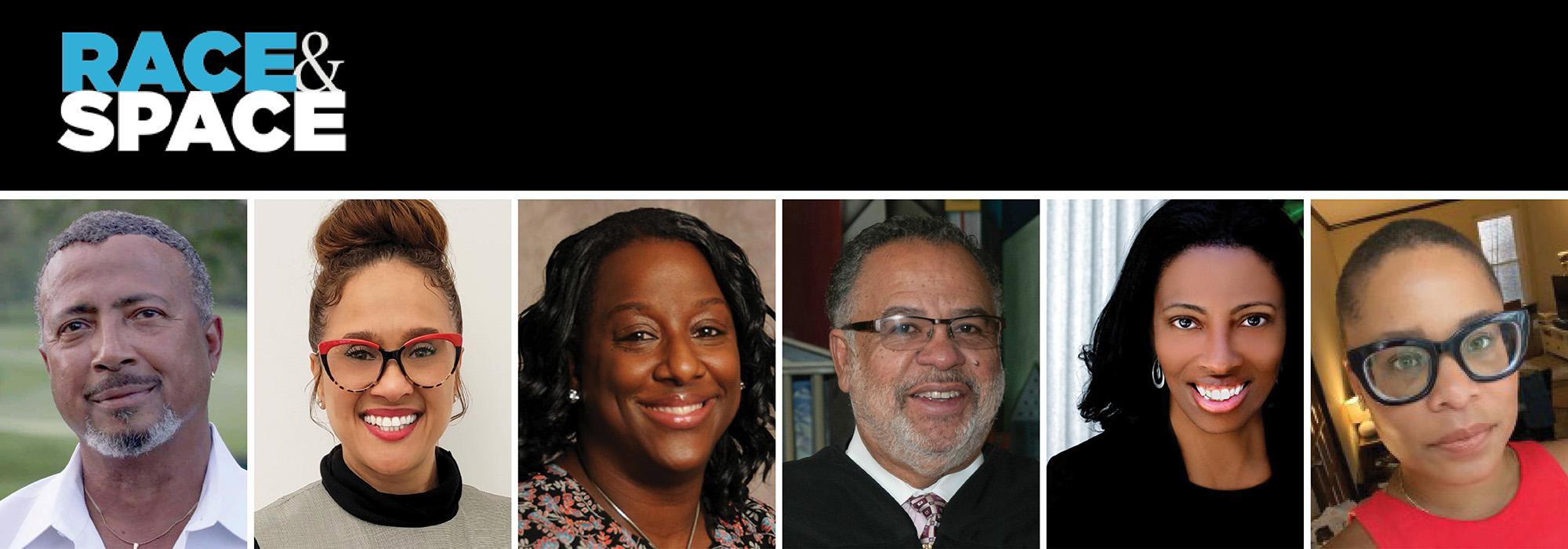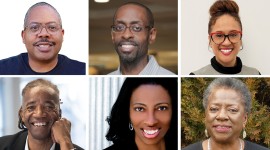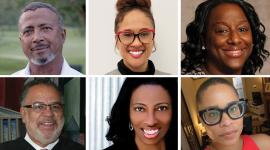feature
Race & Space Conversation II: The Right to Recreate
The starting points for an invigorating, informative and unsettling discussion during the second Race & Space Conversation were one of the nation’s early chief ports of entry from enslaved Africans, an historic and still operating Rocky Mountain retreat featured in the Green Book, and the first golf course in the Upper Midwest to allow Black golfer to play. The 90-minute online event, available on The Cultural Landscape Foundation’s (TCLF) YouTube page, wove through numerous topics including founding Black families, the right to recreation, and unspoken local histories. April de Simone once again deftly facilitated the proceedings and provided trenchant, prodding observations.





